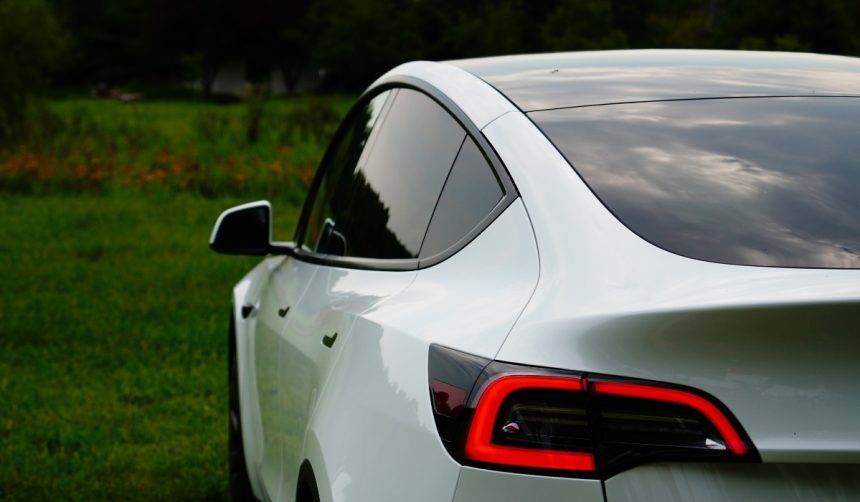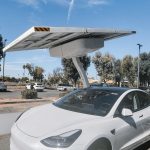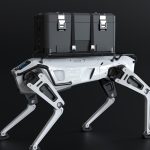Tesla’s push to scale its Robotaxi fleet took another step as the company extended its autonomous ride-hailing coverage in Austin, Texas. This move doubled the size of the service area, now including the University of Texas at Austin and its tens of thousands of students. With autonomous vehicle services becoming more visible in city landscapes, companies like Tesla and Waymo remain in close competition for dominance, each adjusting strategies to secure their foothold. Observers note that ride-hailing players face growing scrutiny as they increase their presence in densely populated settings, raising questions about operational limits, local regulatory compliance, and passenger safety.
Compared to earlier developments, both Waymo and Tesla have steadily increased their investment in autonomous fleets since 2024. Waymo’s expansion into Arizona and Los Angeles preceded Tesla’s latest Austin enlargement, but Tesla now surpasses Waymo in the sheer size of service coverage within Austin itself. Regulatory filings in California and Arizona signal Tesla’s intention to compete regionally, paralleling Waymo’s multi-city approach. While earlier news highlighted Waymo’s technological benchmarks and safety records, the focus now turns to the geographical footprint and practical accessibility of these services in urban life.
How did Tesla’s service area change?
Tesla extended its Robotaxi operational range northward in Austin, resulting in a 42-square-mile service area. This adjustment means Robotaxi’s reach now covers neighborhoods and commercial zones that were previously unreachable through the company’s on-demand fleet. Areas such as the University of Texas at Austin, with a student population exceeding 53,000, now fall within Tesla’s geofence. The expansion reportedly occurred on a Monday morning, broadening opportunities for both daily commuters and students to access autonomous rides.
Does Tesla’s area surpass Waymo’s in size?
Based on current data, Tesla’s Robotaxi now operates in a territory five square miles larger than Waymo, whose Austin service encompasses 37 square miles. Independent analyses and visual comparisons of geofenced maps confirm this gap, reinforcing reports of Tesla’s accelerated growth in operational scope. As Waymo launched its driverless public rides in Austin in March 2025, the service area metric puts Tesla ahead in this key aspect, fueling a fresh phase in the companies’ rivalry.
What does this mean for autonomous ride-hailing growth?
Autonomy service providers prioritize safety, but increasing the size of coverage directly affects user adoption and market influence. Expanding geofenced areas enables more frequent, longer, and potentially higher-value rides, attracting interest from both consumers and regulators. While Waymo has already established operations in several major U.S. cities, Tesla’s recent filings in California and Arizona reveal a commitment to national—eventually international—deployment. The companies’ competition pushes both to innovate and optimize their platforms, expanding reach while seeking to maintain public trust.
Tesla’s operational plan “aims for global rollout of its self-driving service,” marking a broader ambition in the sector.
The contest between Tesla Robotaxi and Waymo demonstrates how competition is not limited to vehicle technology or autonomous capabilities; geography and service accessibility now play a decisive role. Tesla’s ability to quickly adapt its geofence and tap into new customer segments such as student populations gives it an edge in certain metrics. Waymo, with its established presence in multiple jurisdictions, is also likely to continue scaling and refining its offering. For users and city authorities, the tangible effect is both wider access and heightened visibility of these autonomous options on urban roads.
Evaluating these trends, it becomes clear that service area will remain a critical metric for future market leaders. Larger service zones offer operational advantages, but they also introduce new challenges related to customer experience, route efficiency, and regulatory navigation. For consumers considering autonomous ride options, factors such as coverage reliability, availability in high-demand zones, and clarity around safety standards will be just as pivotal as technological innovation. Wide-ranging service areas can foster adoption if fleets maintain operational excellence and transparency with city communities. The expansion in Austin highlights a broader strategic race, where flexibility and responsiveness to urban layouts may determine which provider emerges at the forefront of autonomous ride-hailing access.
- Tesla Robotaxi expanded its Austin service area to 42 square miles.
- The new coverage surpasses Waymo’s operational zone by five square miles.
- Wider service areas increase both customer reach and operational challenges.










